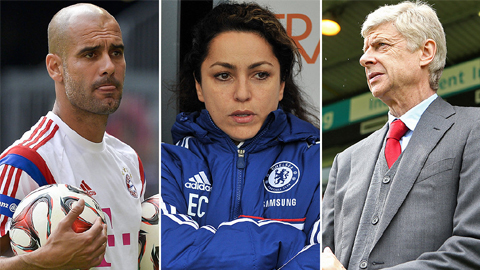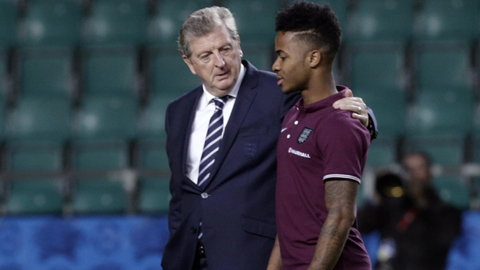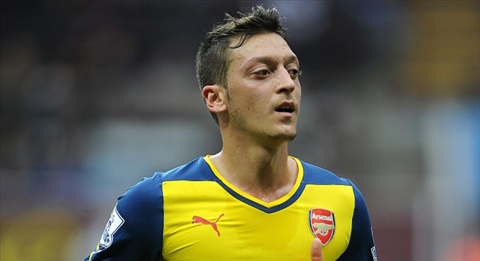|
In Pep Guardiola’s latest book, the eminent Spanish coach revealed how he and his assistants had statistically calculated chances of winning the championship if his team was involved in an injury crisis.
There is nothing new about that. In the past many strong teams, from Manchester United 1997-98 to Arsenal 10 years later, had to stop halfway in their races at major championships due to trauma/injury vortexes. Few teams could get over their human resource crisis; in fact such teams are very hard to come by.

This has led to significant changes regarding traumas/injuries. Relentless traumas have now become not so much of inconvenience and hurdles to surmount. This goal has caused teams to tailor their trauma prevention policies, which have triggered numerous debates.
In the latest debates, Raheem Sterling’s “exhaustion” about the UK team attracted profuse attention, but in reality there have been many similar occurrences to Arsenal, Manchester United or Borussia Dortmund this season, but they have drawn less attention. On the other hand, many have praised Chelsea for keeping their line-up intact with high competing frequency.

In the photo: Sterling complained to Coach Roy Hodgson about the issue of physical strength
In the past, traumas were usually put down by coaches to sheer bad luck. However thanks to today’s science, statistics have revealed they are not merely bad luck. It’s not a coincidence that a number of clubs and coaches have experienced considerably more trauma cases over a long period than others.
For instance, since 2002 until now, Arsenal suffered 888 trauma cases, compared to 614 and 594 cases that Chelsea and Man City have gone through respectively. The modern sports science has dismissed traumas as merely inevitable, undesirable incidents, but believes that a factor can hugely affect a player’s chances of experiencing traumas: accumulative fatigue.
If a player undergoes more taxing practice/drills, the accumulation will be greater. If they do not have enough time to recuperate for the next drill session or match, muscle and nerve system fatigue will mount up and when it reaches a certain limit, traumas will happen. The amassment may last for weeks or months.
Therefore, a number of players play balls roughly but remain unhurt, while a seemingly harmless impact move may give many others injuries which take some months to recover fully from.
Direct contact on the pitch is important, but what has accumulated for a long time earlier is more important. Whereas direct contact, ball jostling, falls or tackles are generally difficult to control, accumulation of muscle and nerve system fatigue is entirely controllable.

In the photo: Oezil has to stay outside the pitch until the new year of 2015
These have explained the difference between the numbers of trauma cases, as a number of teams have done considerably better than others. Traumas not only deprive teams of outstanding players but also smash the tempo and chemistry that these players have created with their teammates on the pitch. Raymond Verheijen, a Dutch physical conditioning expert, is a pioneer in modern trauma preventive measures and a fervid proponent of this idea.
“The thing that counts most in football is the non-verbal chemistry,” Verheijen explained. “Perfect teamwork is only possible if players understand their teammates’ behaviors on the pitch, and you can play more briskly. If you are to foster the chemistry, traumas are your worst enemy.
You want these well-interacted players to show up in every practice session and match, but for example, due to traumas, out of 50 practice sessions, you can gather your best line-up in only 12 sessions, which will land you in big trouble.”
This is also how Guardiola thinks. Modern football teams now not only vie with one another regarding finance, tactics and stars but also science and technology.

